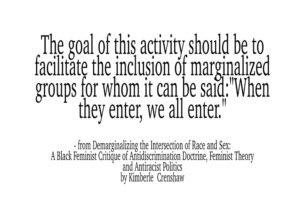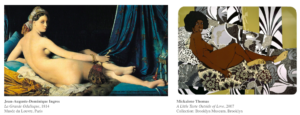To be a daughter is to be inextricably intertwined with one’s mother, as explained by Adrienne Rich in “Of Woman Born,”. As I read through Rich’s logic of the all too complicated phenomenon that is the mother-daughter relationship, I came to understand my own relationship with my mother. Of course, there is only so much that can be taken from a text written by a woman whose relationship with her mother is not complicated by race or class. But nevertheless, I found myself thinking of the adolescent rage that inhabited my body as I thought of my mother. My mother is a woman born in the Dominican Republic, and having been dispossessed of her own mother as a child, she drew all of her energy into her relationship with her own children. My mother experienced the essential female tragedy, as described by Rich (237) and as a result, she nurtured us and provided a fierce, tender form of love that allowed us, allowed me to unashamedly desire this complete return to the mother. And yet, I experienced a similar distancing from the being that I am unavoidably tied to.
I used to blame my mother for forcing me to stand in front of a sink and do dishes. She was unaware that the alienation from my brothers and what was expected of me made me believe I was somehow inferior, as if it to say that I was born with the purpose to serve. I hated her as she stood idly while I suffered the consequences of a rigid, patriarchal society that began in the confines of my home. And while I had not been introduced to the concept of feminism until my adolescence, I recognized the pillars of inequality, and saw her as the vessel of it. Yet, I did not understand the plight of motherhood. I did not understand the ways that my mother, too, had fallen victim to a system that rendered her a vehicle for oppression to her own daughter. I look at these images of my mother, pregnant with me, and understand Adrienne Rich as she describes the physical ties that envelop the mother and daughter. I rejected my own desire to return to my mother, but I imagine myself, enveloped in a warm, amniotic fluid that only meant to nourish me. I imagine myself, a mother to a daughter, whose own relationship to her mother is violently disrupted by her death. To make sense of my own plights, I needed to understand my mother’s, and the way she was limited, not only by the harsh expectations of a “male-controlled world,” but her inability to return to her own mother, aside from vignettes stored in her memory. I am still learning from her, of her, about her, and in doing so, I further tie myself to her. Yet, I don’t mind this impossible knot we’re creating.





